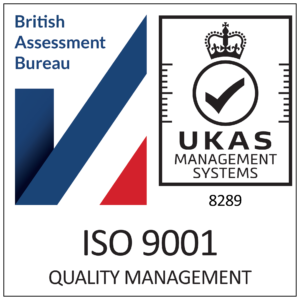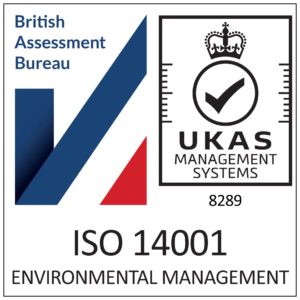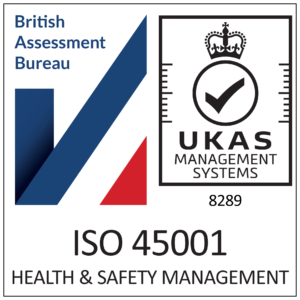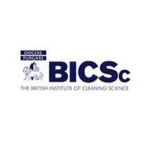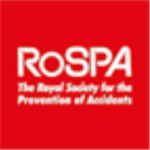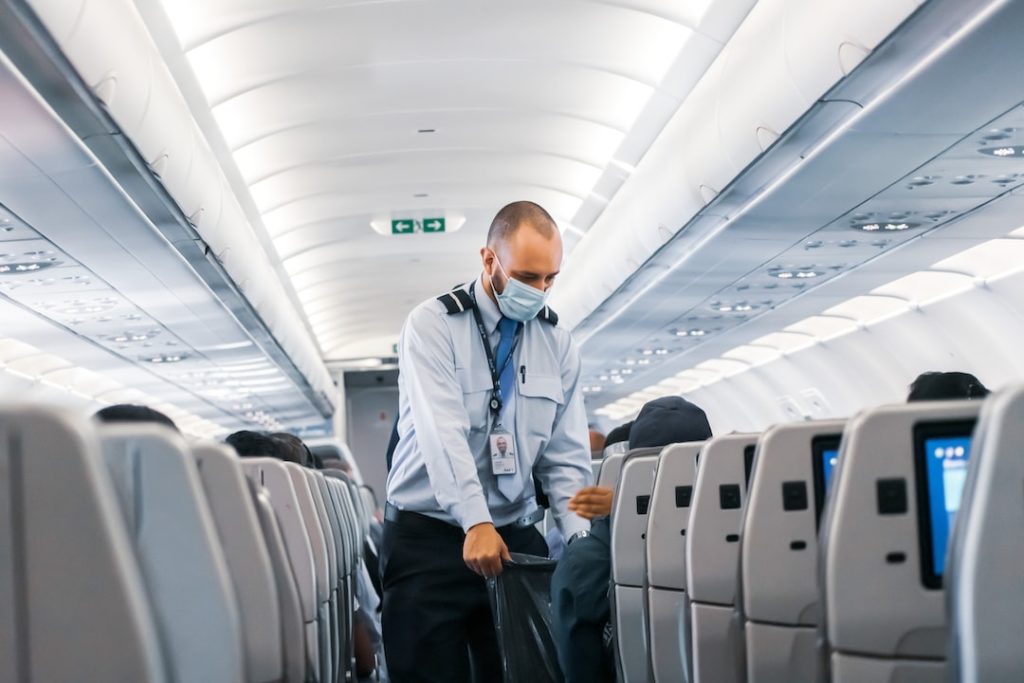
Streamlining Cleaning and Caretaking Services
Overview
Introduction
In today’s fast-paced business environment, streamlining cleaning and caretaking services is essential for organizations to maintain a clean and well-maintained workspace. By optimizing processes and improving efficiency, companies can ensure that their facilities are always in top condition, creating a positive and productive environment for employees and visitors. This article explores the importance of streamlining cleaning and caretaking services, the benefits it brings, and various strategies and technologies that can be implemented to achieve this goal.
Importance of Streamlining Cleaning and Caretaking Services
Streamlining cleaning and caretaking services is of paramount importance for businesses and organizations. It not only ensures a clean and healthy environment but also contributes to the overall efficiency and productivity of the workforce. By implementing efficient processes and systems, organizations can optimize resource allocation, reduce costs, and improve customer satisfaction. Moreover, streamlining cleaning and caretaking services enables better compliance with health and safety regulations, which is crucial in maintaining a positive reputation and avoiding potential legal issues. In today’s competitive landscape, organizations that prioritize streamlining cleaning and caretaking services gain a significant competitive advantage by creating a conducive environment for success.
Benefits of Streamlining Cleaning and Caretaking Services
Streamlining cleaning and caretaking services can provide numerous benefits for businesses. By optimizing processes and implementing efficient systems, organizations can improve productivity, reduce costs, and enhance customer satisfaction. Efficient staff management ensures that the right people are in the right place at the right time, leading to increased efficiency and better service delivery. Effective communication enables seamless coordination among staff members, leading to improved collaboration and faster problem-solving. Automation and technology integration streamline routine tasks, freeing up time for staff to focus on more complex and value-added activities. Overall, streamlining cleaning and caretaking services can lead to a more organized and efficient operation, ultimately benefiting both the business and its customers.
Efficient Staff Management
Optimizing Staff Schedules
Optimizing staff schedules is a crucial aspect of streamlining cleaning and caretaking services. By efficiently managing the allocation of staff members, companies can ensure that the right people are in the right place at the right time. This not only increases productivity but also enhances customer satisfaction. Scheduling software can be utilized to create optimized schedules that take into account factors such as workload, skills, and availability. Additionally, implementing shift rotation and cross-training programs can help maximize the flexibility and effectiveness of the workforce. By optimizing staff schedules, cleaning and caretaking companies can achieve greater efficiency and deliver high-quality services consistently.
Implementing Training Programs
Implementing training programs is an essential aspect of streamlining cleaning and caretaking services. By providing comprehensive training to staff members, organizations can ensure that they have the necessary skills and knowledge to perform their tasks efficiently and effectively. Training programs can cover a range of topics, including proper cleaning techniques, handling of cleaning products, and safety protocols. These programs can be delivered through a combination of in-person sessions, online modules, and hands-on practical training. By investing in training programs, organizations can enhance the professionalism of their staff and improve the overall quality of their cleaning and caretaking services.
Utilizing Performance Metrics
Performance metrics play a crucial role in streamlining cleaning and caretaking services. By measuring and analyzing key performance indicators (KPIs), organizations can identify areas for improvement and make data-driven decisions. Metrics such as response time, customer satisfaction, and task completion rate provide valuable insights into the efficiency and effectiveness of the cleaning and caretaking processes. Regularly monitoring these metrics allows businesses to identify trends, set benchmarks, and continually optimize their operations. Additionally, performance metrics can help in identifying training needs and recognizing high-performing staff members. By leveraging performance metrics, organizations can enhance their service quality, increase productivity, and ultimately, deliver exceptional cleaning and caretaking services.
Effective Communication
Establishing Clear Communication Channels
Clear and effective communication is essential for streamlining cleaning and caretaking services. By establishing clear communication channels, such as regular team meetings and a centralized communication platform, organizations can ensure that information flows smoothly and everyone is on the same page. Additionally, implementing feedback systems allows staff members to provide input and suggestions, fostering a culture of collaboration and continuous improvement. Utilizing technology for communication, such as email and instant messaging, can further enhance communication efficiency and reduce misunderstandings. With clear communication channels in place, cleaning and caretaking services can operate more smoothly and efficiently, leading to improved customer satisfaction and overall success.
Implementing Feedback Systems
Implementing feedback systems is crucial for streamlining cleaning and caretaking services. By gathering feedback from clients and staff, organizations can identify areas for improvement and make necessary adjustments. Feedback systems can include regular surveys, suggestion boxes, or one-on-one meetings with clients to address any concerns or issues. This open line of communication allows for continuous improvement and ensures that the cleaning and caretaking services meet the needs and expectations of the clients. Additionally, organizations can use the feedback received to recognize and reward staff members who consistently provide excellent service. Overall, implementing feedback systems is an essential component of an effective cleaning and caretaking strategy.
Utilizing Technology for Communication
In today’s fast-paced business environment, technology plays a crucial role in enhancing communication within cleaning and caretaking services. By leveraging communication tools and platforms, organizations can streamline their operations and improve efficiency. One effective way is to establish clear communication channels that enable seamless information flow between staff members, supervisors, and clients. Additionally, implementing feedback systems allows for continuous improvement and ensures that any issues or concerns are addressed promptly. Moreover, utilizing technology for communication enables real-time updates, task assignments, and performance tracking, leading to better coordination and accountability. By embracing technology, cleaning and caretaking services can enhance their communication processes and deliver exceptional service to clients.
Automation and Technology Integration
Implementing Cleaning and Caretaking Software
Implementing Cleaning and Caretaking Software is a crucial step in streamlining cleaning and caretaking services. This software allows for efficient management of cleaning schedules, inventory tracking, and task assignments. It also enables real-time monitoring of cleaning activities and provides valuable data for performance evaluation. With the integration of cleaning and caretaking software, organizations can enhance productivity, reduce costs, and ensure a high standard of cleanliness and maintenance. By automating manual processes and centralizing information, cleaning and caretaking software simplifies operations and improves overall efficiency.
Utilizing IoT Devices for Monitoring
In today’s technologically advanced world, utilizing IoT devices for monitoring has become an essential aspect of streamlining cleaning and caretaking services. These devices, such as smart sensors and cameras, allow for real-time monitoring of various areas and equipment, ensuring that cleaning and maintenance tasks are carried out promptly and efficiently. By leveraging IoT devices, cleaning and caretaking staff can receive instant notifications and alerts about any issues or anomalies, enabling them to take immediate action. This not only improves the overall effectiveness of cleaning and caretaking operations but also helps in preventing potential problems before they escalate. Additionally, the data collected by IoT devices can provide valuable insights and analytics, enabling businesses to identify patterns, optimize resource allocation, and make data-driven decisions for continuous improvement. With the integration of IoT devices, cleaning and caretaking services can achieve higher levels of efficiency, productivity, and customer satisfaction.
Integrating Automation for Routine Tasks
Integrating automation into cleaning and caretaking services can greatly improve efficiency and productivity. By automating routine tasks such as floor cleaning, window washing, and waste disposal, companies can reduce the time and effort required for these activities. Automation also ensures consistency in the quality of services provided, as machines follow programmed instructions precisely. Additionally, automation enables real-time monitoring and reporting of cleaning tasks, allowing for data-driven decision making. Overall, integrating automation into routine tasks streamlines operations and frees up staff to focus on more complex and specialized cleaning and caretaking activities.
Conclusion
Summary of Streamlining Cleaning and Caretaking Services
Streamlining cleaning and caretaking services is crucial for maintaining a high standard of hygiene in the workplace. By optimizing staff schedules, implementing training programs, and utilizing performance metrics, businesses can ensure efficient staff management. Effective communication channels, feedback systems, and technology can enhance communication among staff members. Automation and technology integration, such as cleaning and caretaking software, IoT devices for monitoring, and automation for routine tasks, can further streamline operations. In conclusion, streamlining cleaning and caretaking services leads to improved efficiency, productivity, and customer satisfaction.
Key Takeaways
After considering the key takeaways, it is evident that streamlining cleaning and caretaking services is crucial for businesses. By optimizing staff schedules and implementing training programs, companies can ensure that their staff is efficient and well-prepared. Establishing clear communication channels and utilizing feedback systems enable effective communication between staff and management. Additionally, integrating automation and technology, such as cleaning and caretaking software and IoT devices for monitoring, can significantly improve efficiency. Automation can be utilized for routine tasks, freeing up staff to focus on more important responsibilities. Overall, streamlining cleaning and caretaking services not only improves productivity and performance but also enhances customer satisfaction and reduces costs.
Future Outlook
As the cleaning and caretaking industry continues to evolve, the future outlook is promising. Automation and technology integration will play a significant role in streamlining cleaning and caretaking services. By implementing cleaning and caretaking software, companies can efficiently manage their operations, optimize staff schedules, and track performance metrics. Additionally, the use of IoT devices for monitoring and integrating automation for routine tasks will further enhance efficiency and productivity. Clear communication channels and feedback systems will also continue to be essential for effective coordination and improvement. Overall, the future of cleaning and caretaking services looks bright, with advancements in technology and streamlined processes driving better outcomes.

